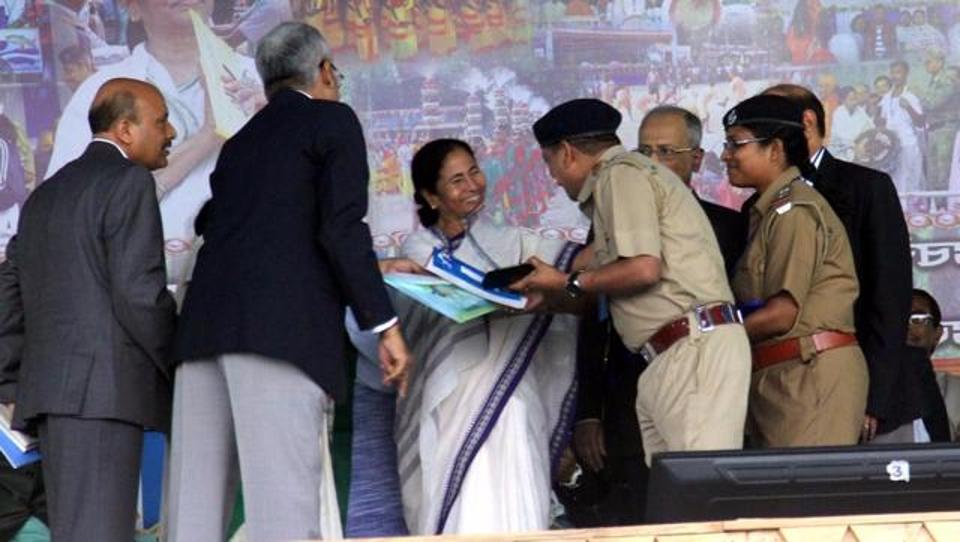Alipore resident feels no-plastic is matter of practice

Calcutta:
She is a zero waster – she doesn’t generate any garbage.
In her blog, zerowasteindian.com, she introduces herself as “a zero waster in progress” who “forayed into sustainable living” in 2017 and today pretty much generates zero to little waste.
Rakhi Chakraborty, an online journalist, is on a journey to a zero-waste life and is trying to spread awareness about the environment.
Rakhi was as alarmed as any other millennial about rising temperatures, plastic preponderance and all that’s associated with global warming.
She found in a recent study that humans have generated 8.3 billion tonnes of plastic since the 1950s. And a majority of that is dumped in landfills and oceans, contaminating water sources.
So, she decided to do her bit to undo the damage, one step at a time, believing in “the cumulative power of small positive change”.
In late 2016 she came across Lauren Singer’s blog, trashisfortossers.com, and found it “extremely empowering”. “Generally, as a citizen public policy is out of your control. Singer’s blog taught me to tackle my environment anxiety,” Rakhi, an Alipore Road resident, said.
She follows Bea Johnson and her prescription to lead a garbage-free life.
Apart from Singer’s blog, what spurred her towards a zero-garbage life was her polycystic ovary syndrome and an alarming bisphenol A (BPA) level.
Bisphenol A is an industrial chemical found in common plastic household items.
“It was then that the idea of zero waste made a personal connection with me because it would not only benefit the planet but also me,” she said.
An urban middle-class Indian generates 400-800g of trash every day on average.
“Plastic use has increased drastically over the past two decades. But it is entirely possible to live a life without plastic,” she said.

“I started slowly… I banned plastic bags, water bottles… replaced them with cloth bags and glass bottles.”
Rakhi used to order takeaways that came in plastic boxes, along with plastic cutlery. “I started ordering food a lot less and even if I did I used my own container.”
But the more pervasive toxins came from detergents, dishwashers, beauty products, and even toothpastes.
Harmful toxins pass through clothes and directly into the body as well because of the presence of chemicals like parabens, sodium lauryl sulphate and triclosan in these products.
So, Rakhi has started using reetha (soapnuts), an all-purpose cleaner. “You can use reetha to wash your clothes, clean your utensils… to shampoo your hair. I use organic soap and tooth powder.”
One day she googled the composition of her toothpaste and it “blew” her mind, she said. It is not possible to find substitutes for all industrial product in India, but she follows the thumb rule in Ayurveda – if you can’t eat it, you can’t put it on your body, she said.
The journey to zero plastic hasn’t been easy but it is “pretty doable”, Rakhi, who writes it all in her blog, said. “It’s just a matter of practice and habit. Of course, there is a learning curve to everything.”
source: http://www.telegraphindia.com / The Telegraph,Calcutta,India / Home> Calcutta / by Anasuya Basu / July 03rd, 2018








